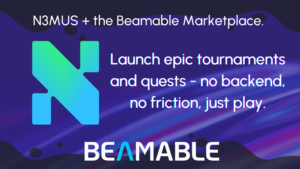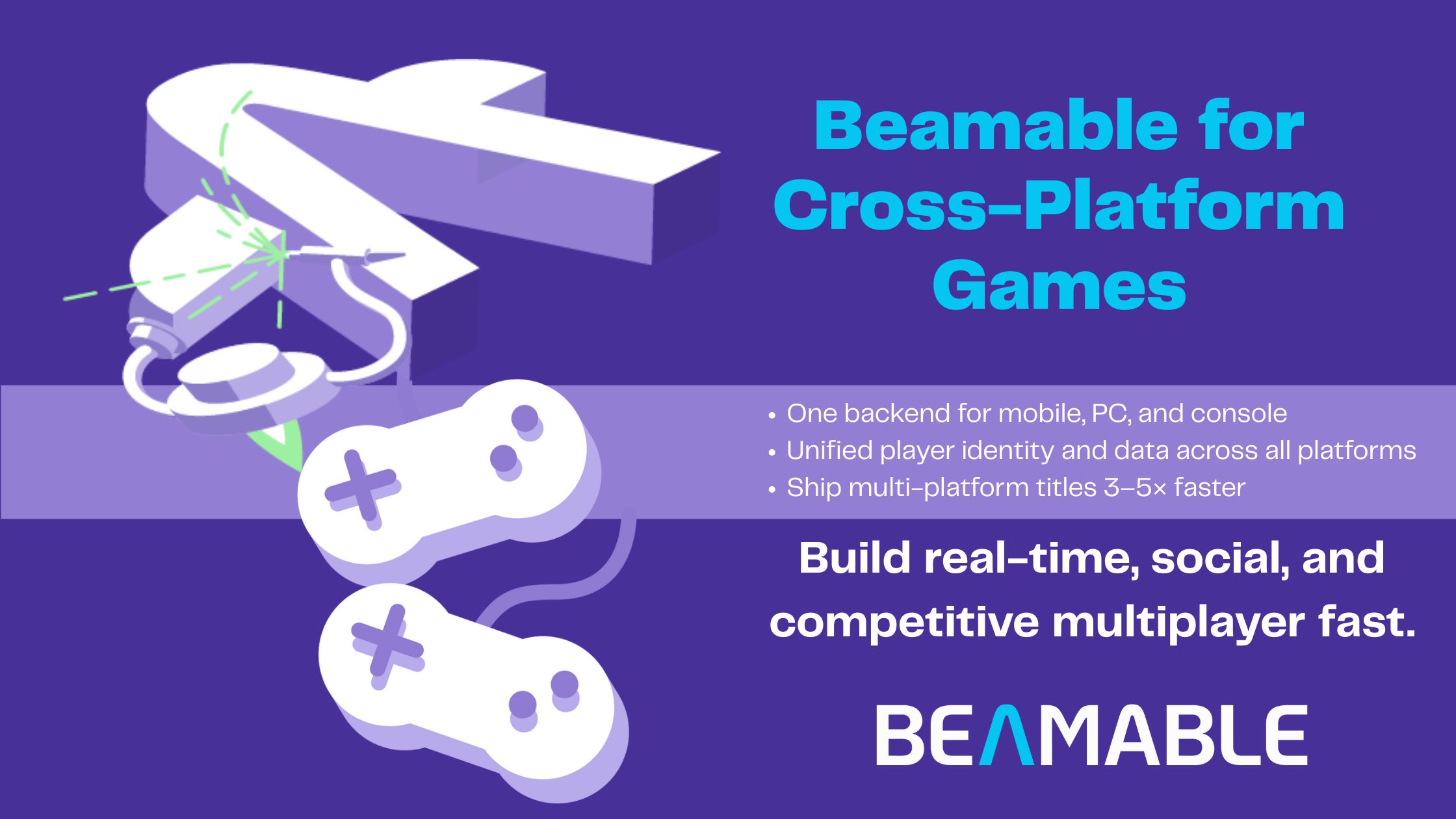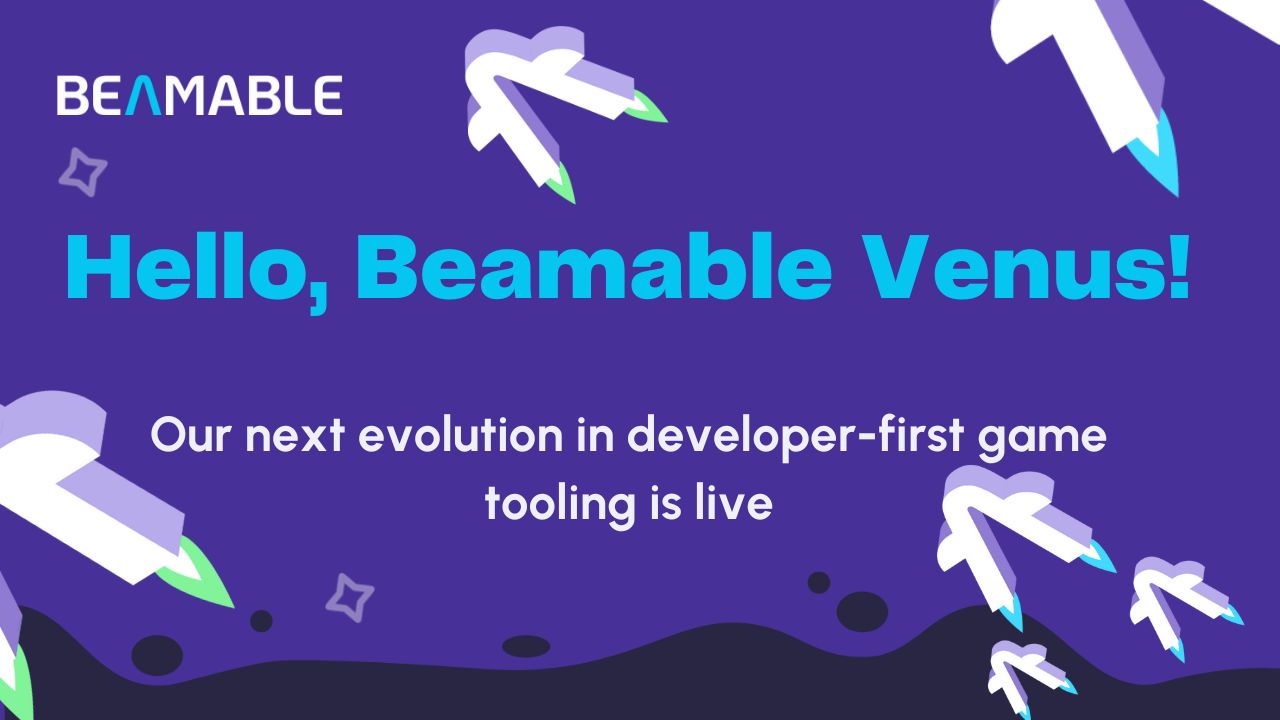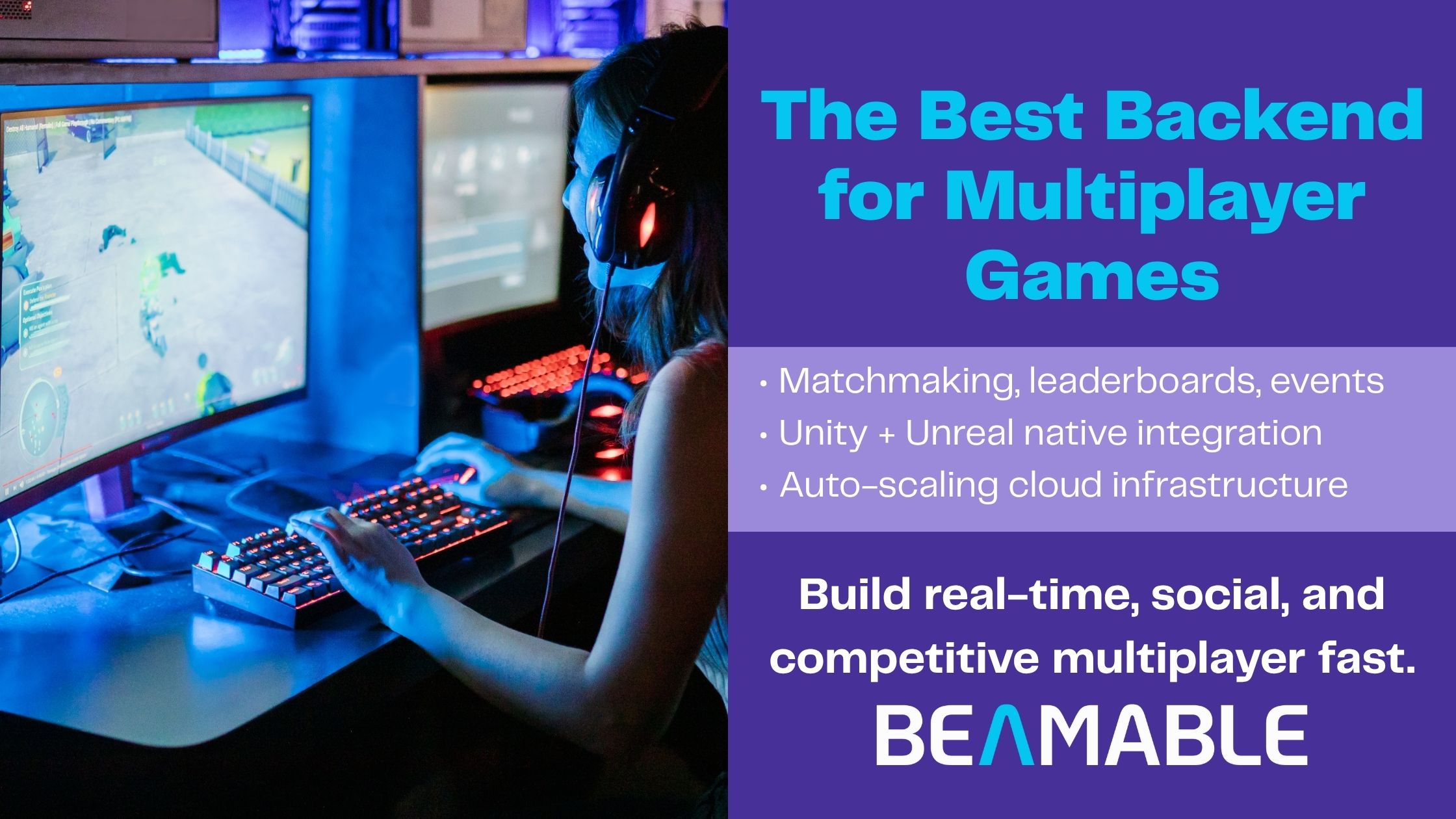Why DIY Backends Fail to Scale
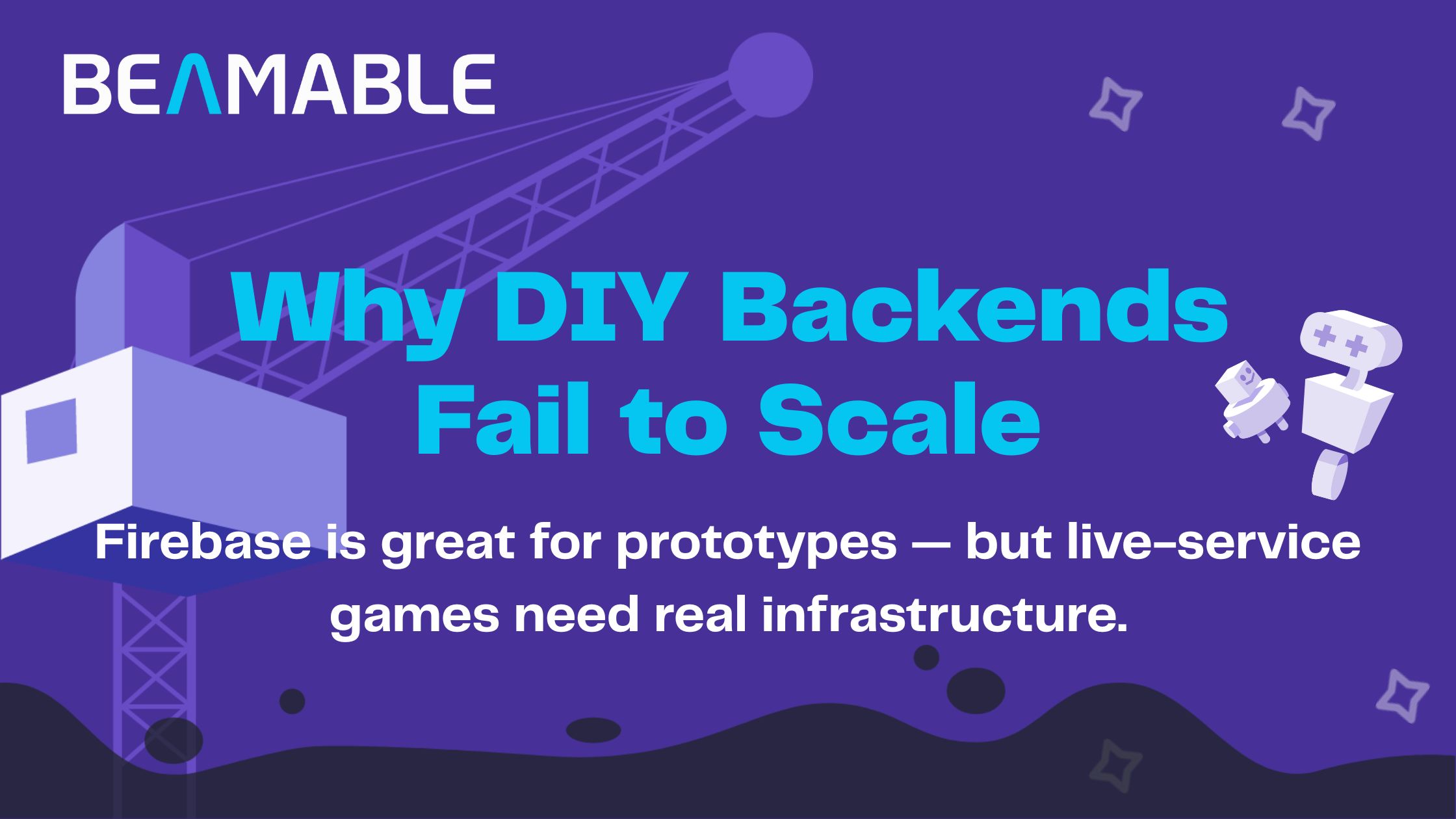
Why DIY Backends Fail to Scale
Why do so many studios start with Firebase or DIY backends?
It’s simple, quick, and free to start.
Firebase and similar tools are perfect for prototypes or early MVPs.
They let developers spin up authentication, cloud save, and database services in minutes—no backend engineers required.
But as soon as a game attracts real players, things change.
The same “lightweight” setup that initially felt frictionless becomes the biggest obstacle to growth.
Where Firebase hits its limits
Firebase was built for mobile apps, not massive multiplayer games.
Its limitations show up fast when you start scaling concurrent users or adding live-service features.
Here’s where teams hit bottlenecks:
| Challenge | Impact |
| Limited server logic | No native support for real-time gameplay, matchmaking, or server authority |
| Cost spikes | Realtime Database and Firestore scale unpredictably with reads/writes |
| Data siloing | Difficult to manage multiple regions or extensive inventories |
| Version control issues | Updating backend logic can break live environments |
| Player concurrency | Lacks built-in features for lobbies, sessions, or event processing |
Firebase is ideal for static content and small user bases—but live-service games need dynamic, persistent, and scalable systems that can evolve with the player base.
Learn more about what live-service games need.
The scalability trap of DIY infrastructure
When Firebase (or similar backends) hit capacity, teams usually try to patch the problem with custom servers, cloud functions, or external plugins.
That’s where complexity—and cost—skyrocket.
Instead of building new features, developers spend weeks debugging cloud deployments, syncing player data, and managing DevOps pipelines.
The result:
- Slower development cycles
- Fragmented systems
- Poor live ops flexibility
- Lost time and morale
Beamable was created to solve exactly this. It provides a fully managed, extensible backend purpose-built for games—no patchwork required.
How Beamable solves what Firebase can’t
Beamable gives developers the freedom of Firebase—with the scalability of enterprise-grade infrastructure.
| Capability | Firebase | Beamable |
| Game-specific logic | Limited | Purpose-built modules for identity, economy, and live ops |
| Real-time multiplayer | Requires a custom server | Built-in relay and event handling |
| Live content updates | Manual | Managed via the Beamable Portal |
| Cost control | Unpredictable with usage | Transparent pricing that scales linearly |
| Extensibility | Plugins and workarounds | Fully supported microservice extensions |
Explore Beamable’s backend architecture.
Why great dev teams outgrow Firebase
The difference isn’t technical—it’s strategic.
Top studios stop rebuilding infrastructure and focus on shipping content, not code.
They want a backend that:
- Handles millions of API calls daily without latency issues
- Updates live games instantly
- Integrates with analytics, monetization, and community systems
- Lets them scale across Web2 and Web3 with zero rework
That’s why developers from leading studios are migrating to Beamable—a platform built for high-scale, live-service games, not static mobile apps.
See why great teams ship faster with Beamable.
FAQ: Firebase vs. Beamable for Game Backends
Q1: Can Firebase support a multiplayer game?
Not efficiently. Firebase lacks dedicated multiplayer logic. It can store player data but not synchronize live sessions or authoritative server events.
Q2: Why does Firebase get so expensive at scale?
Costs increase exponentially with reads and writes. Games with frequent player events (like inventories, transactions, or leaderboards) quickly see runaway costs.
Q3: What makes Beamable different?
Beamable is purpose-built for games. It offers modular backend services—identity, economy, cloud save, live ops, analytics—designed to scale automatically and predictably.
Q4: Can I migrate from Firebase to Beamable?
Yes. Beamable supports smooth migrations from Firebase, PlayFab, and custom backends with minimal downtime and complete data preservation.
Start your migration here.
Key Takeaways
- Firebase is great for prototypes—but not production-scale live games.
- DIY backends struggle with cost, concurrency, and control as games grow.
- Beamable provides a scalable, game-specific platform that evolves with your audience.
- The best dev teams don’t rebuild infrastructure—they build on it.
👉 Explore how Beamable helps studios build and scale faster at beamable.com
👉 Schedule a Demo of Beamable’s Live Game Backend
👉Sign up for our newsletter to learn more ways to stay ahead in game development

